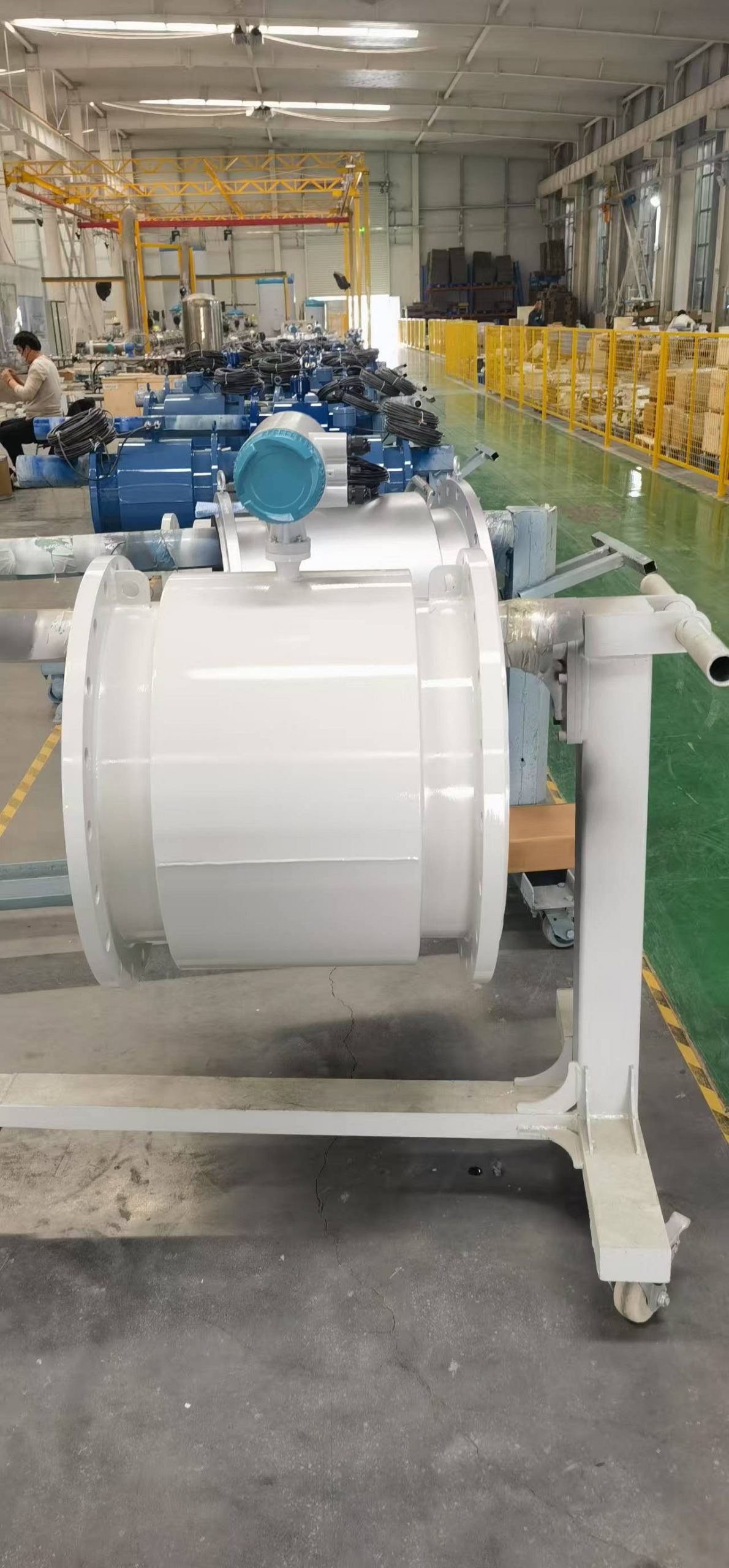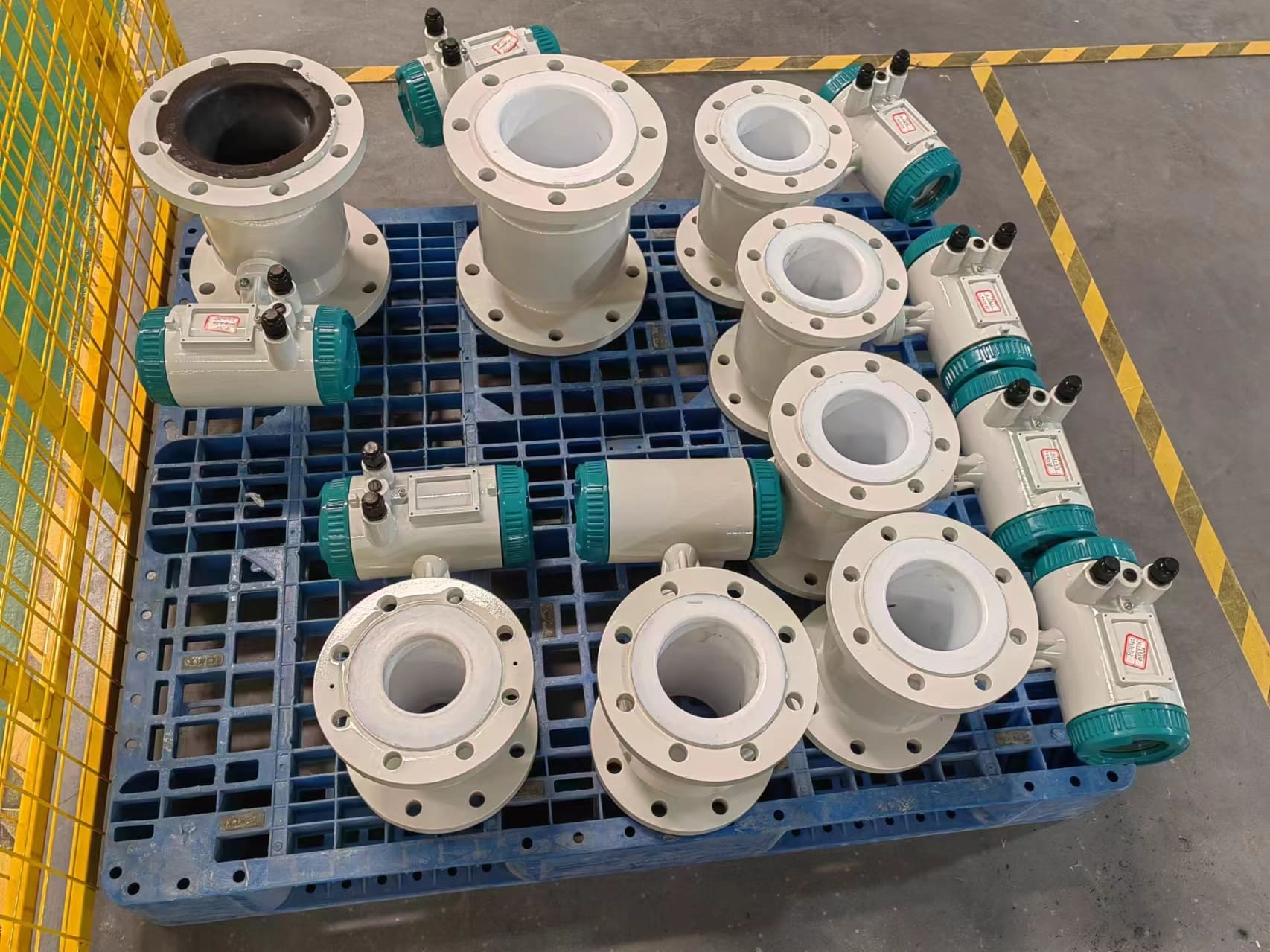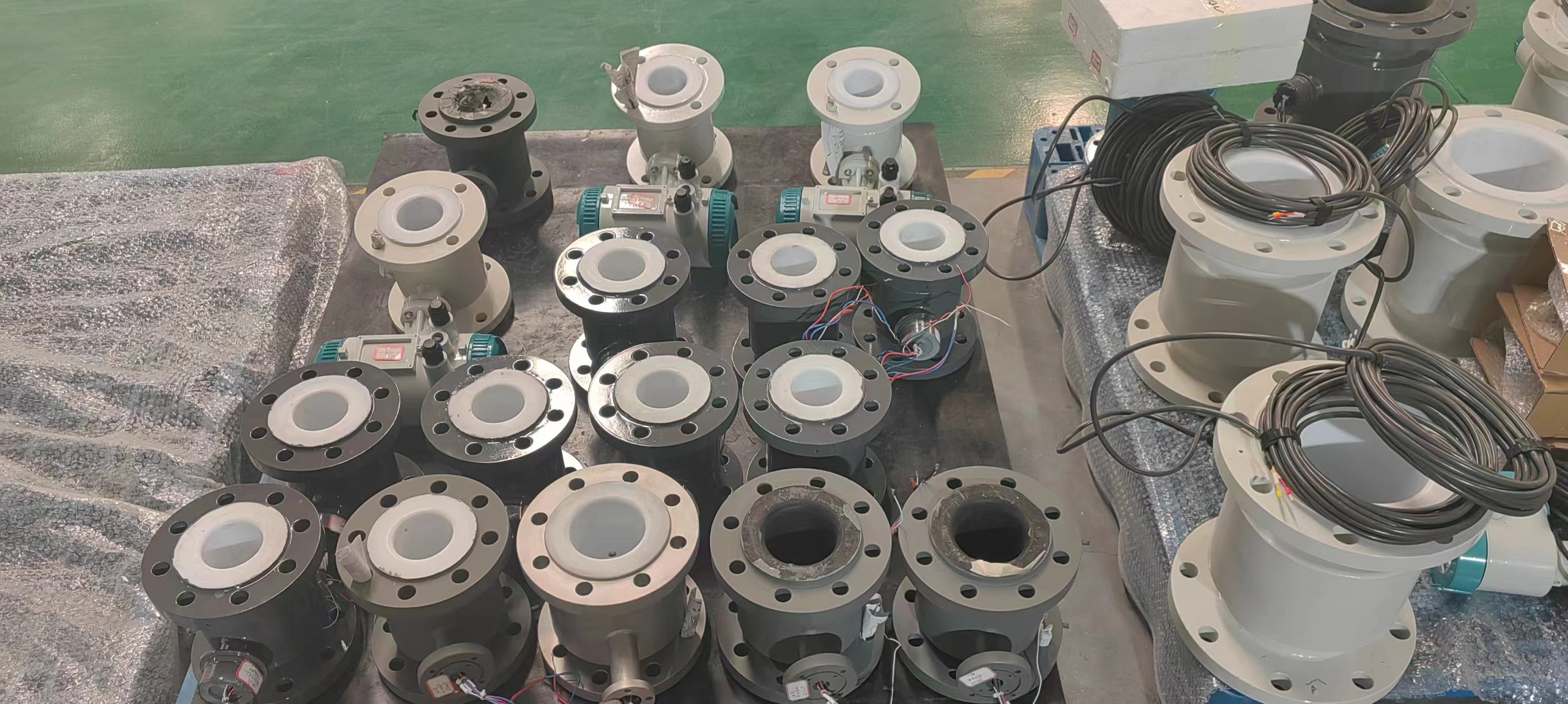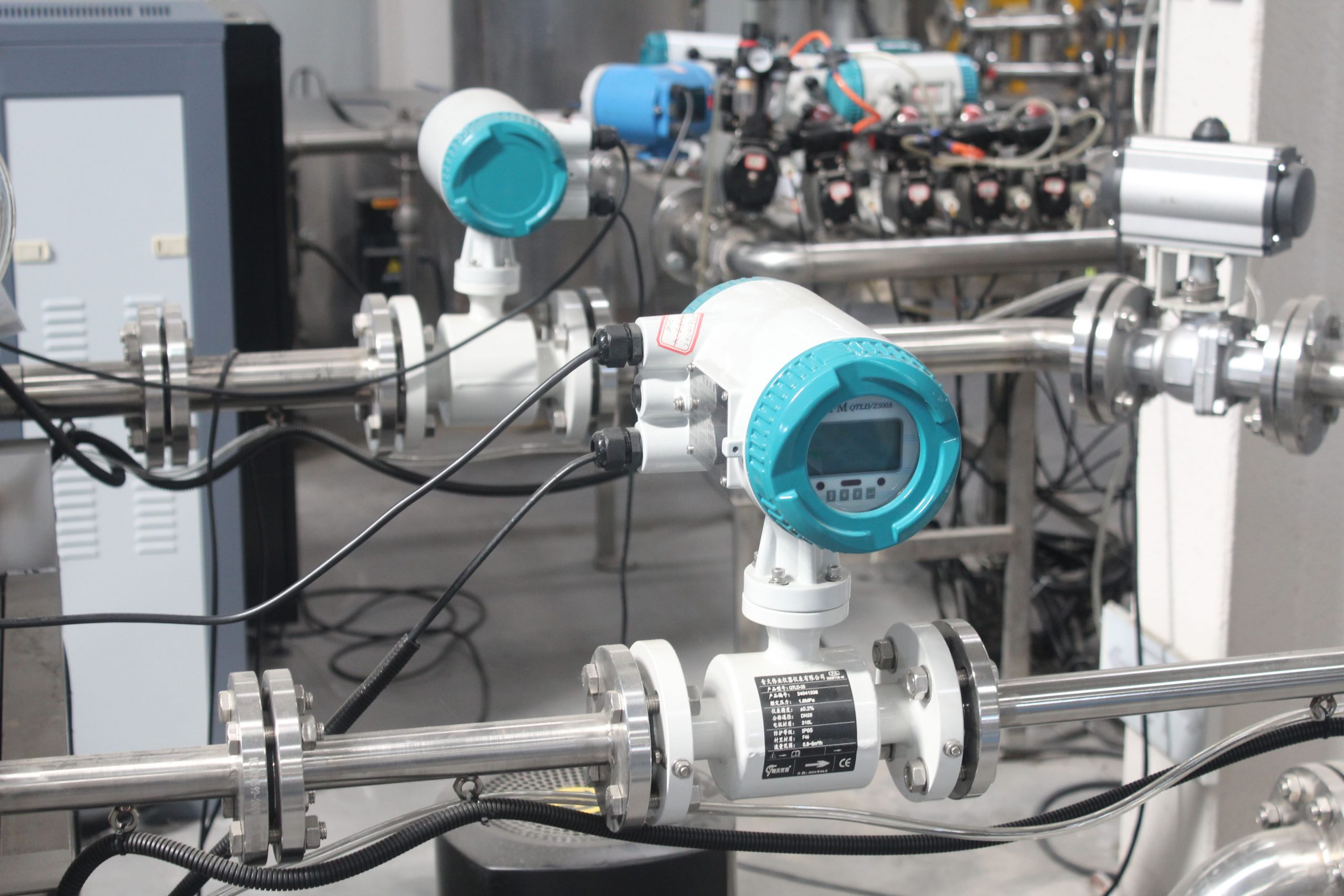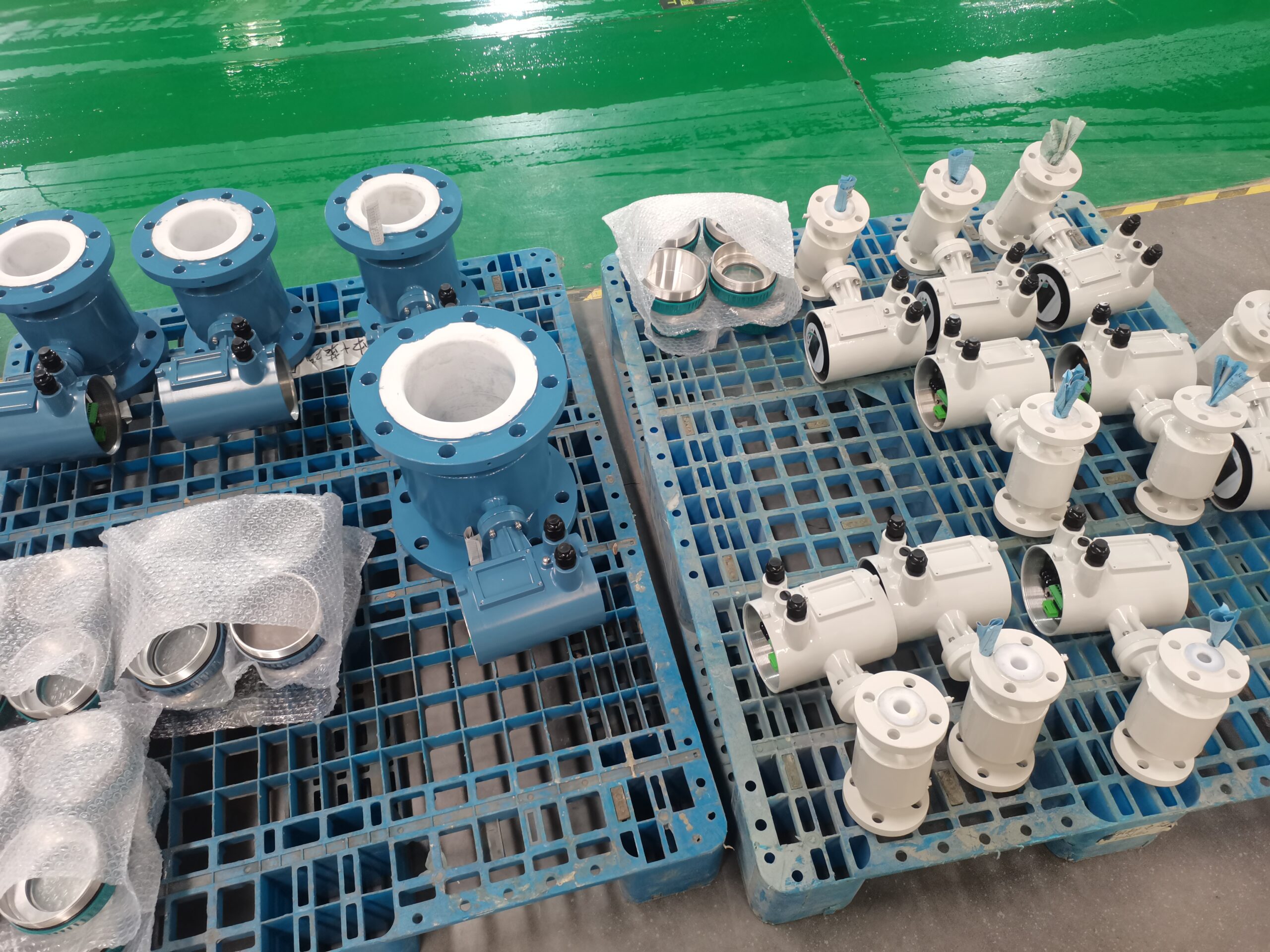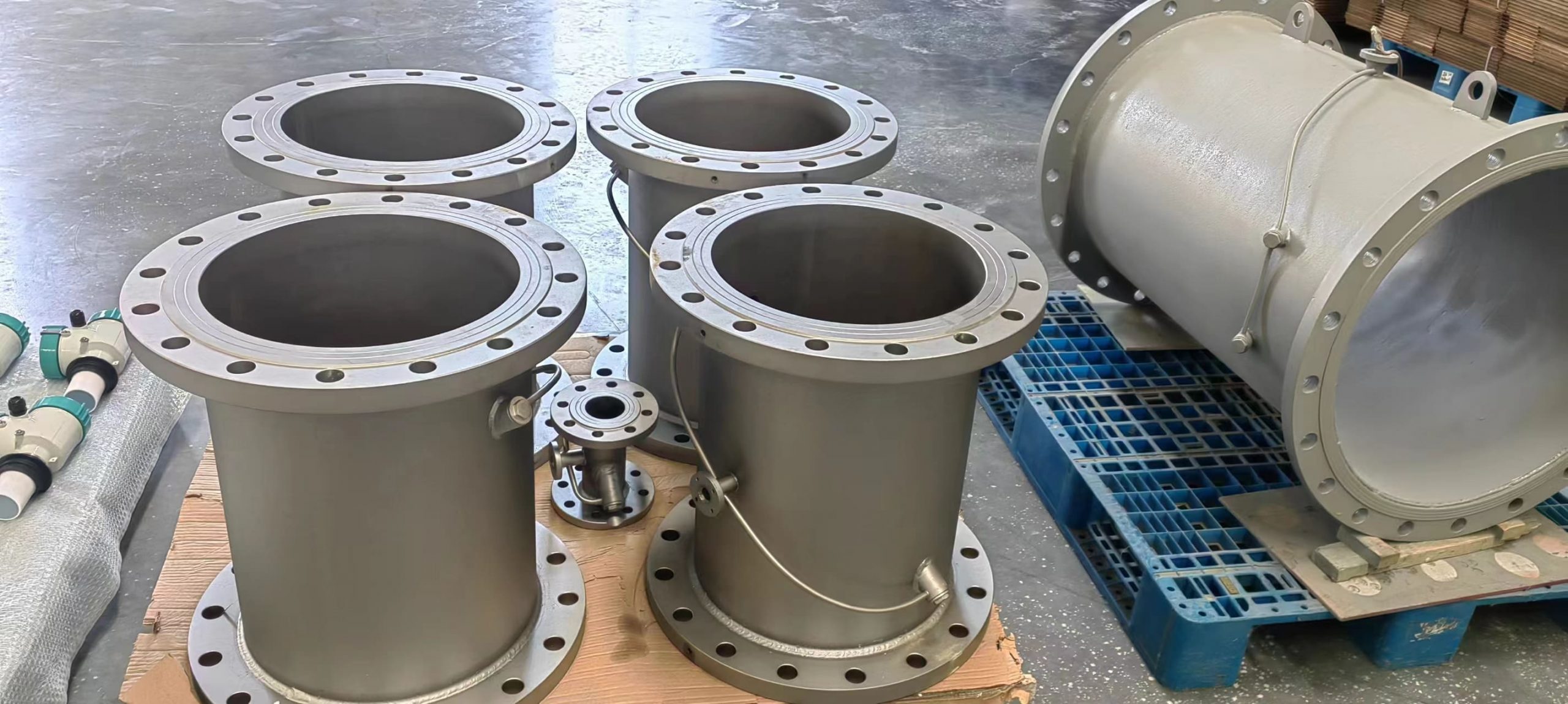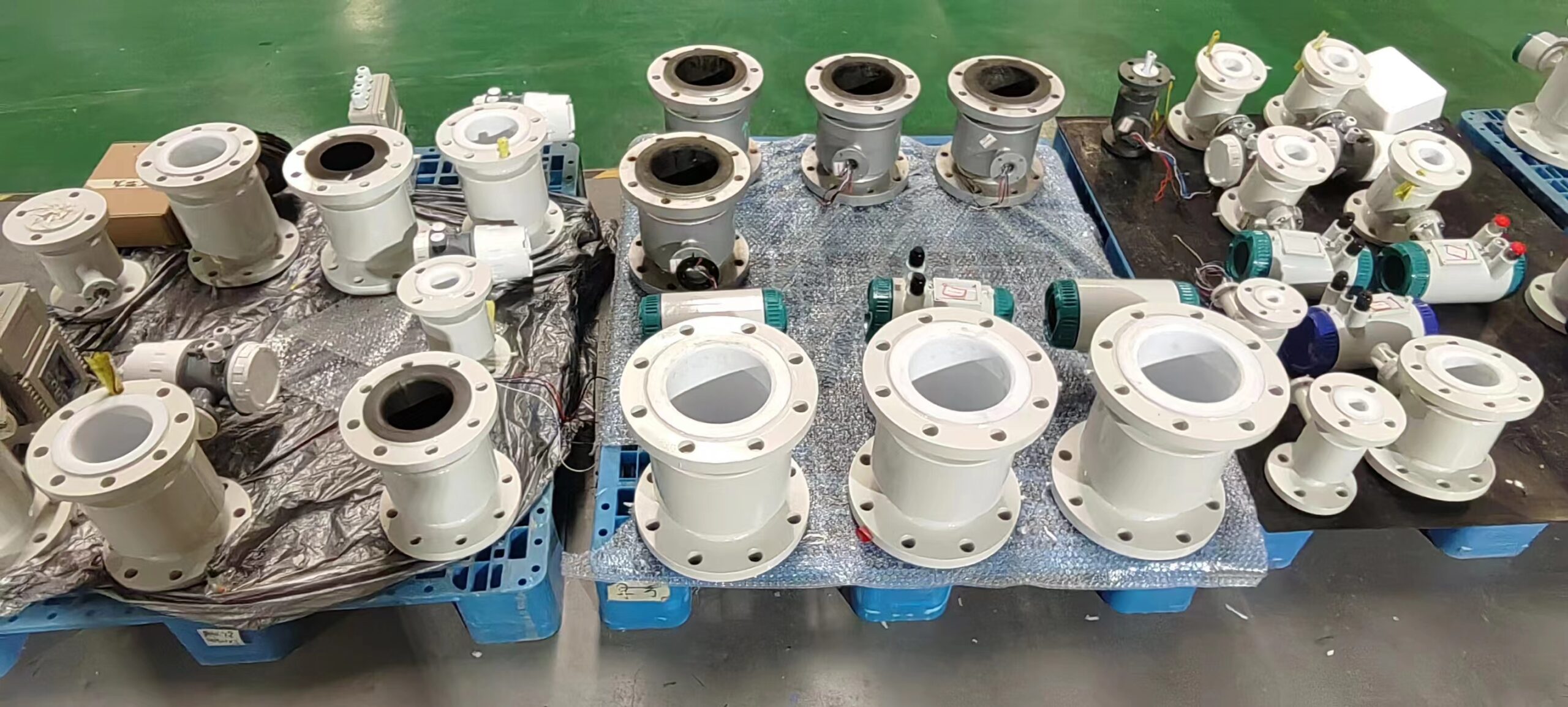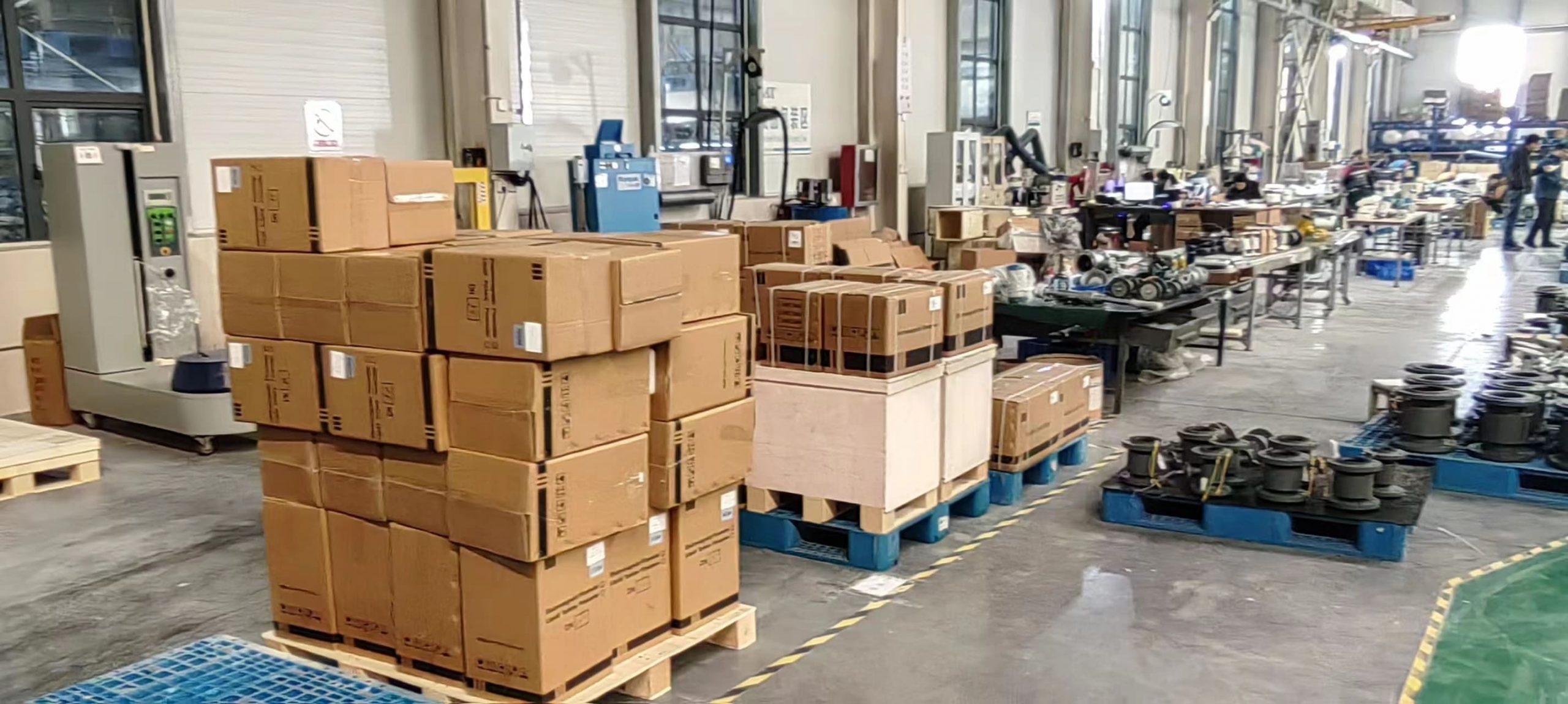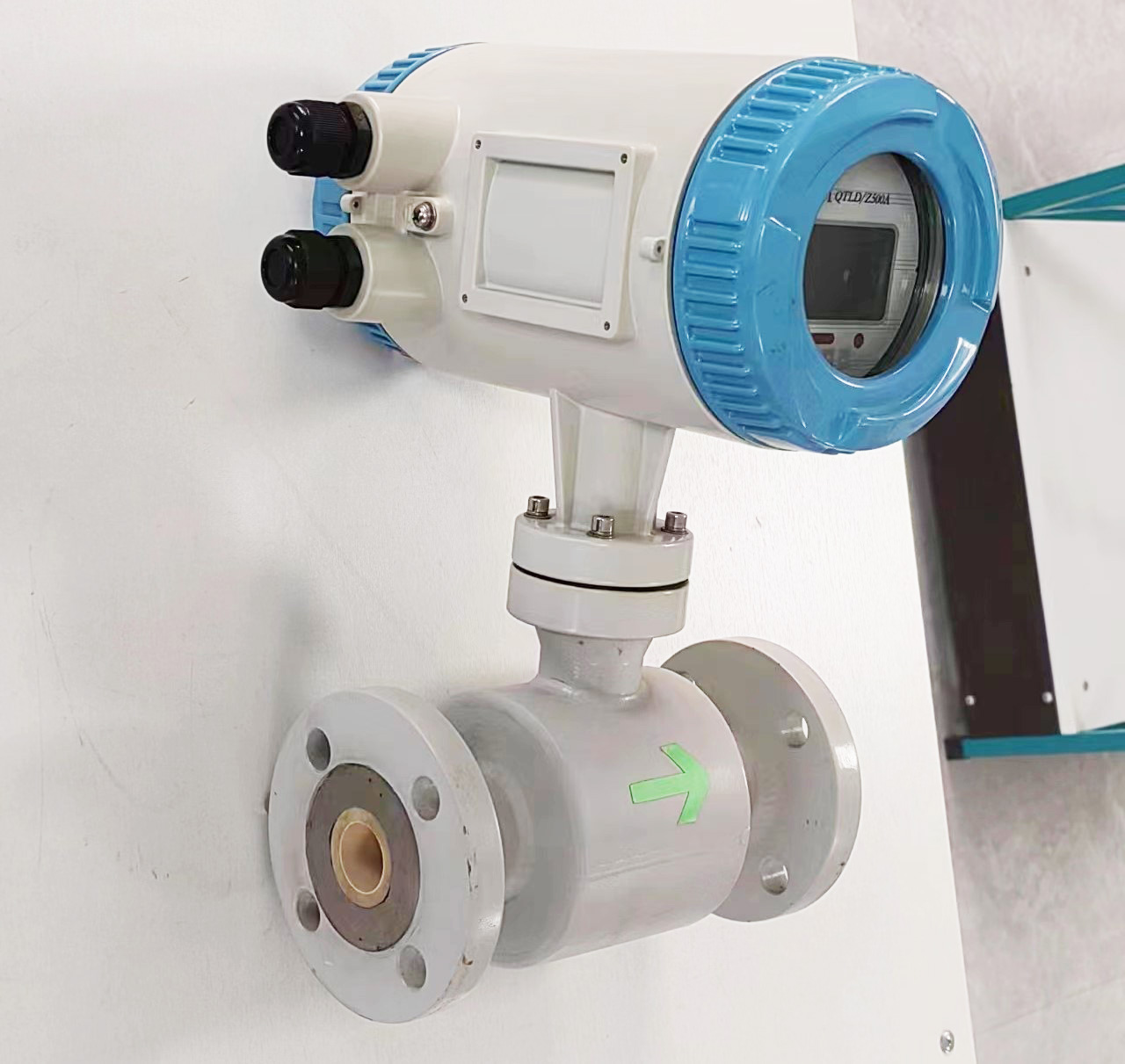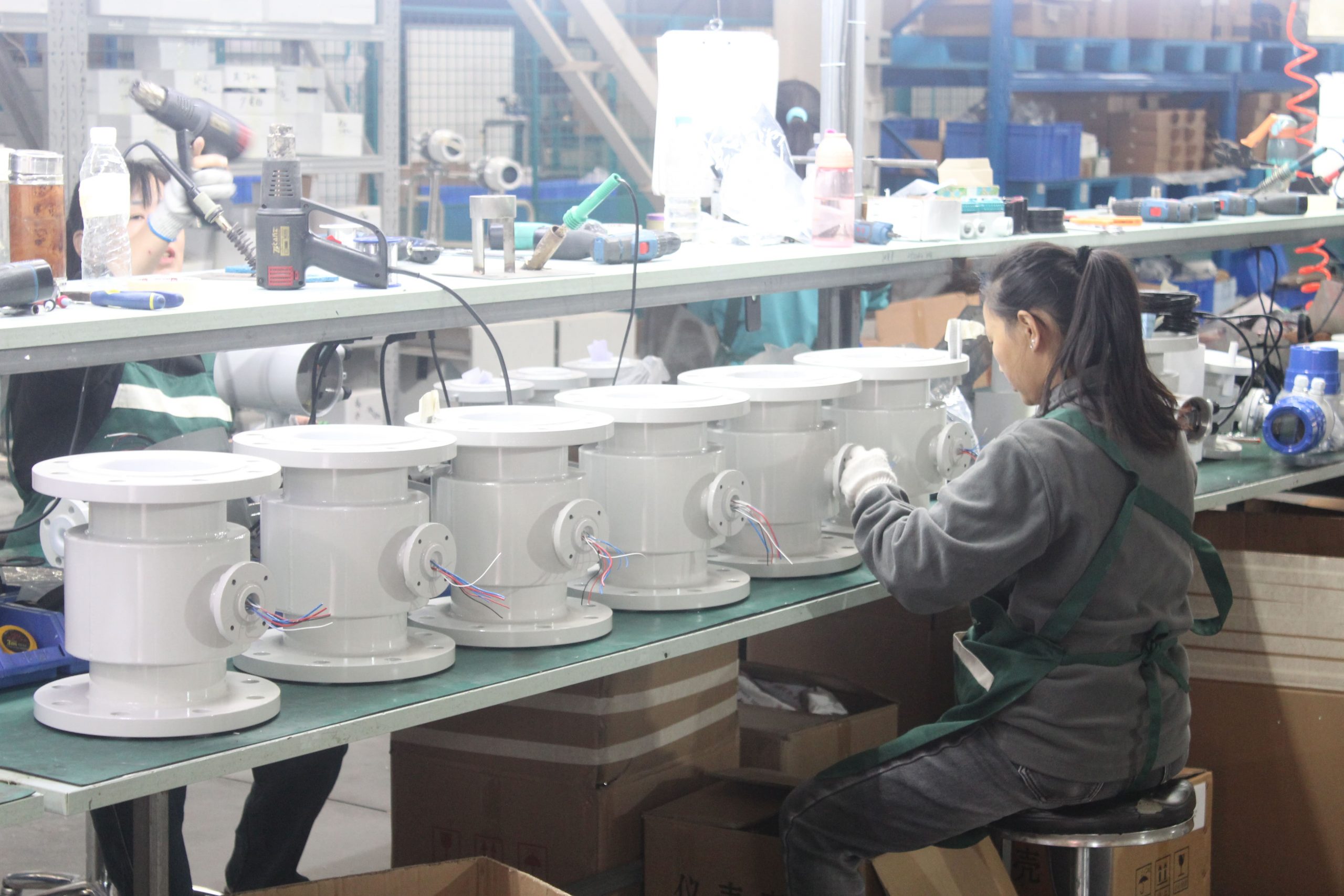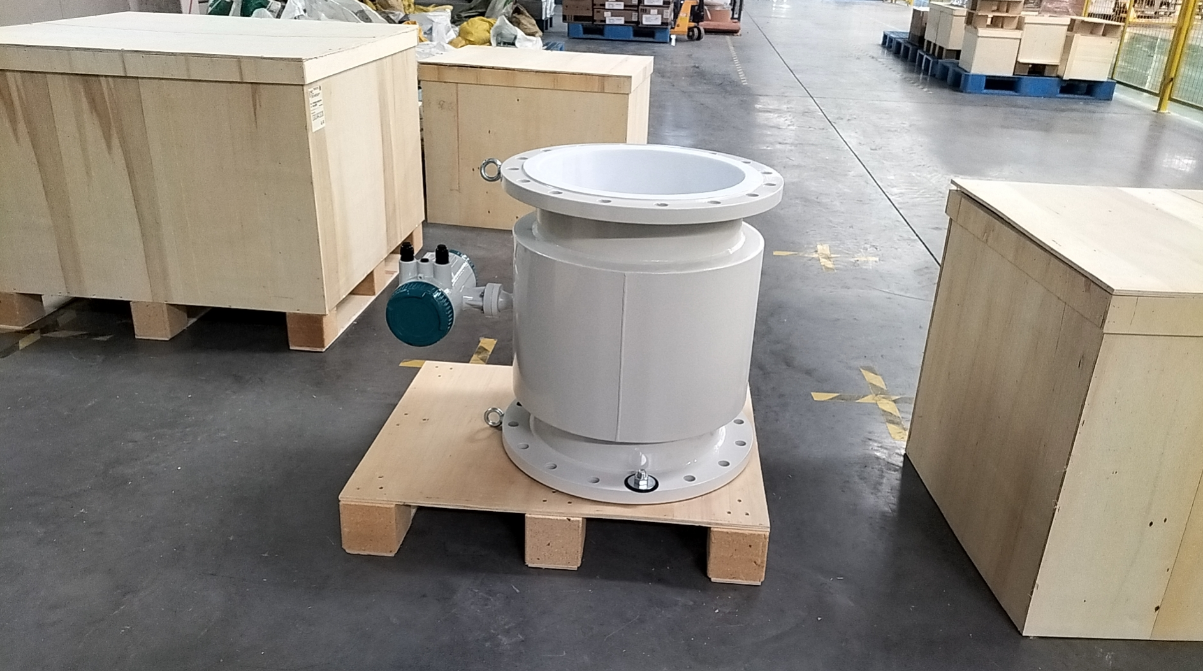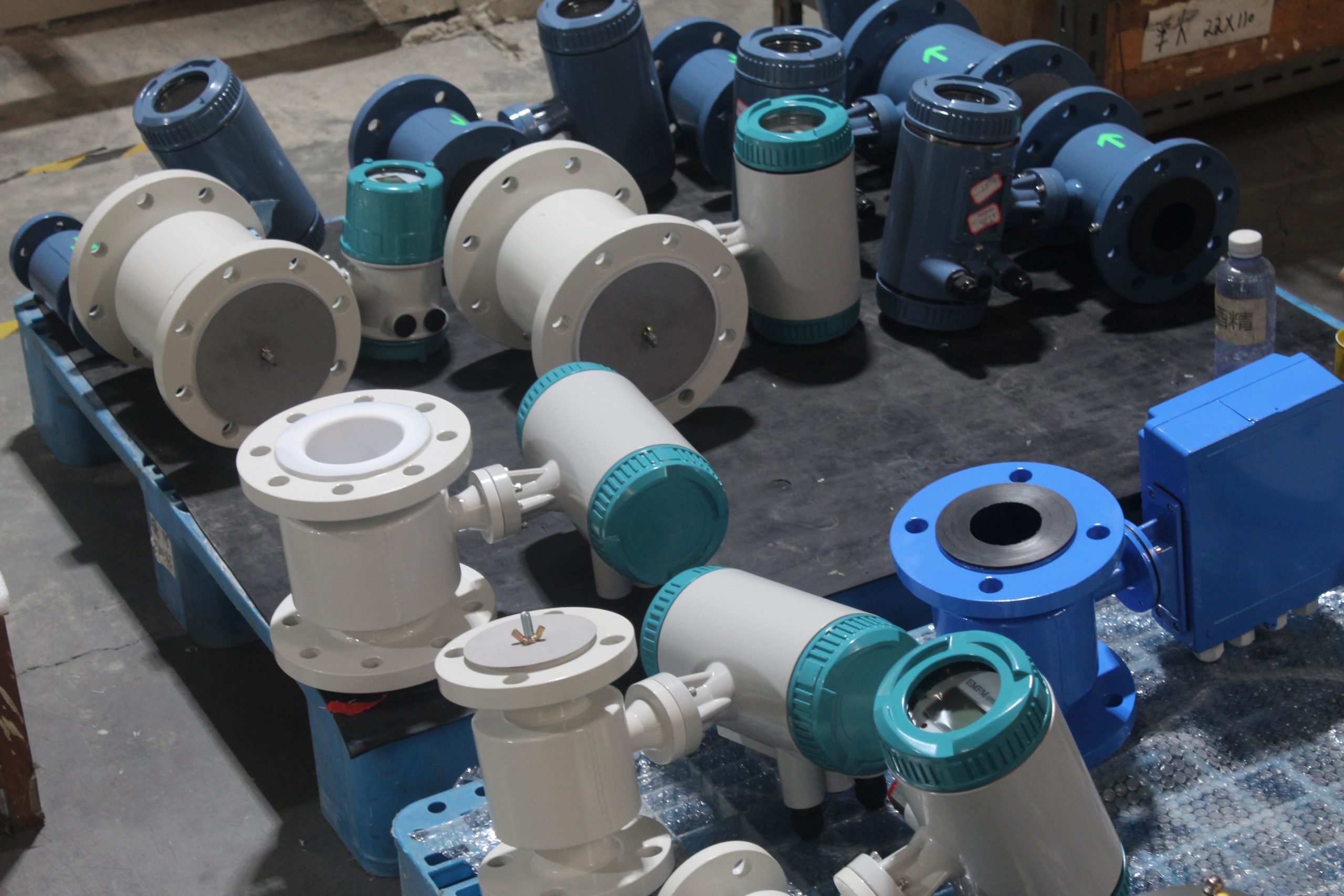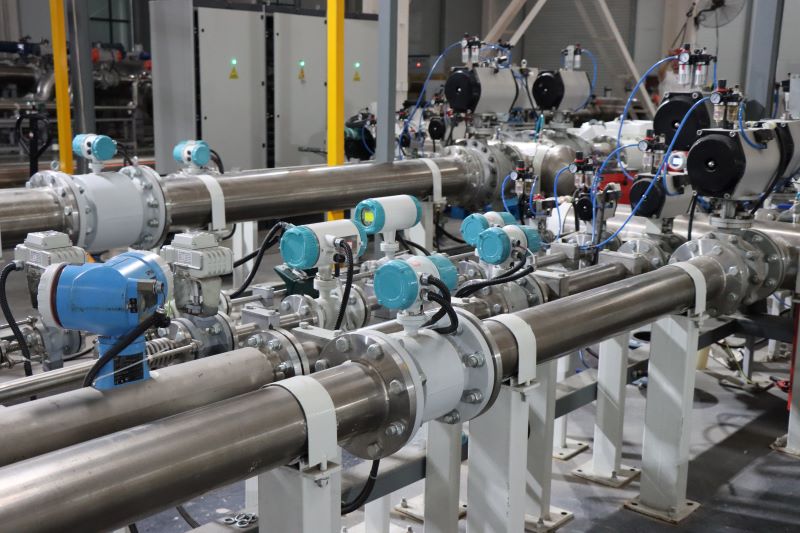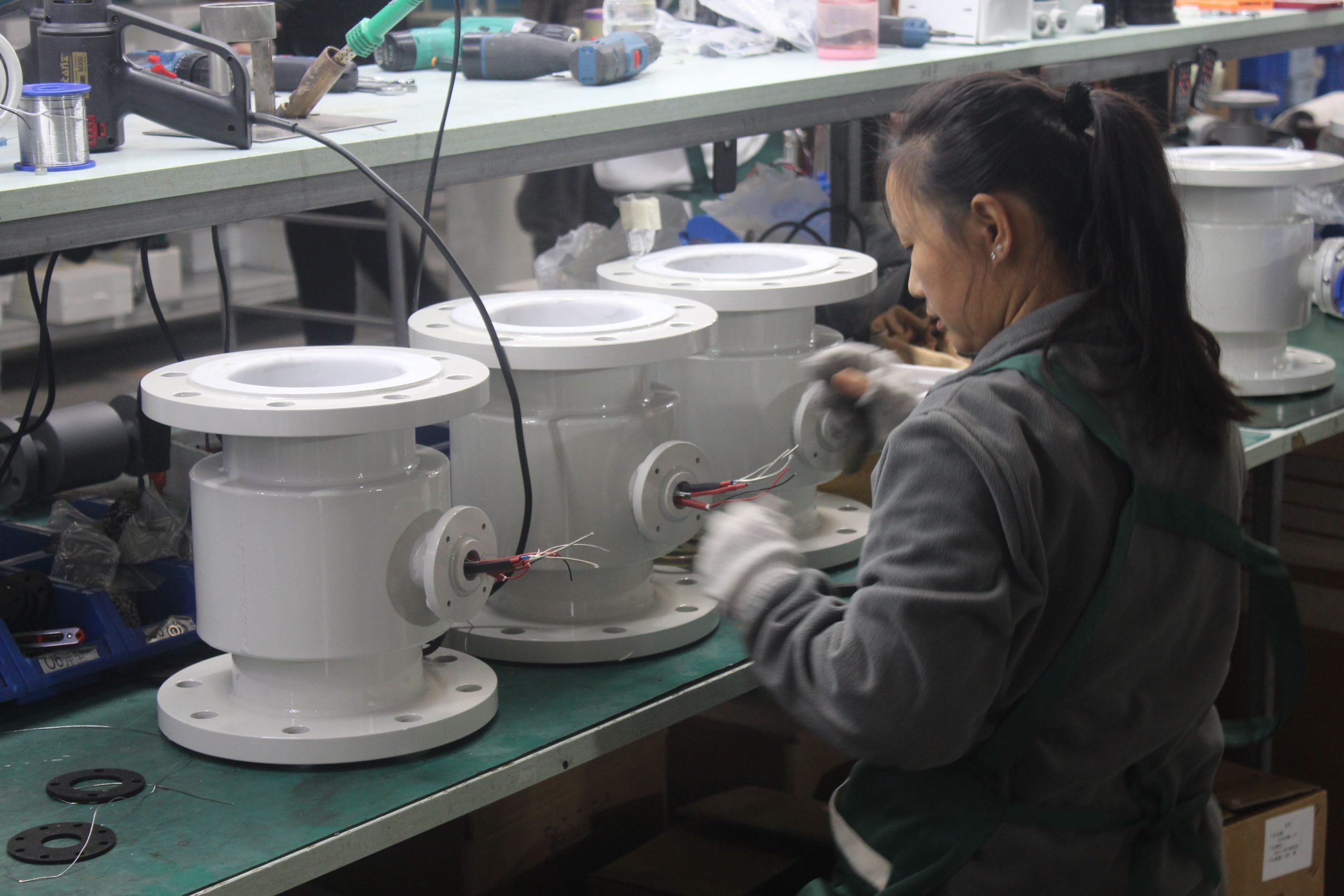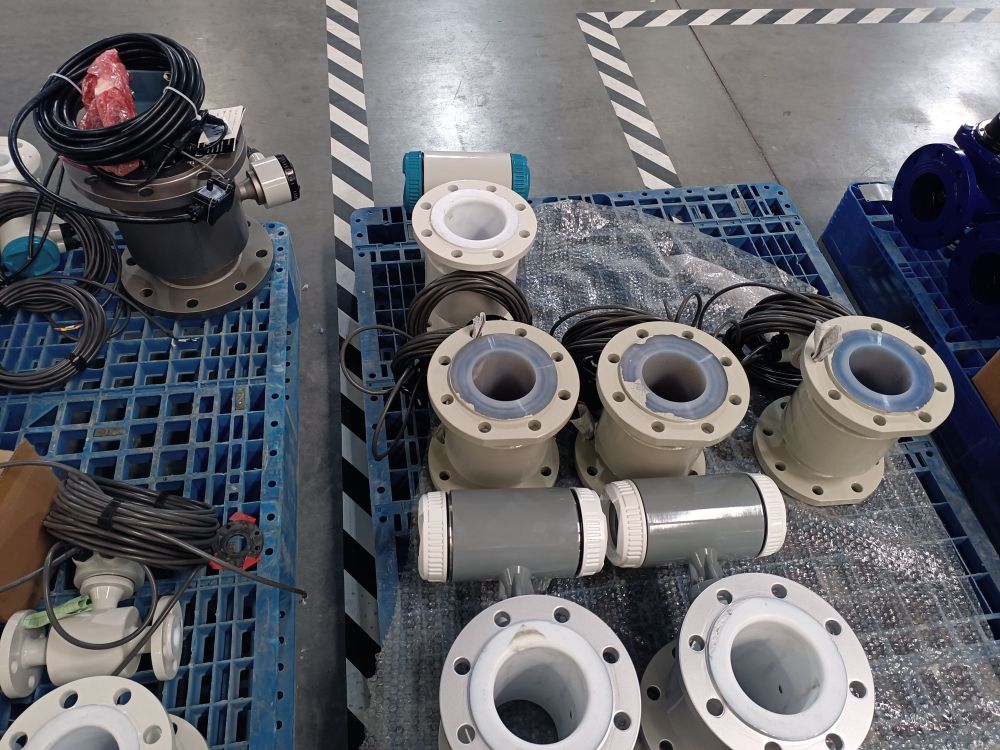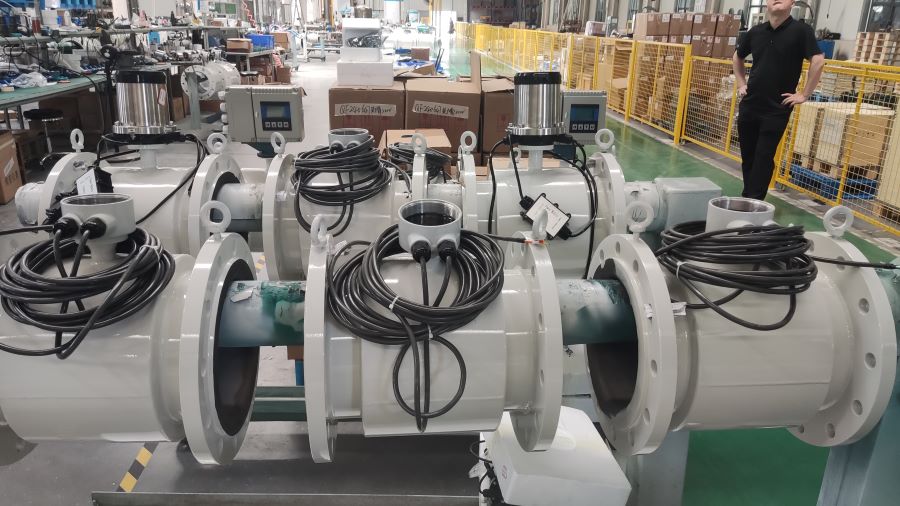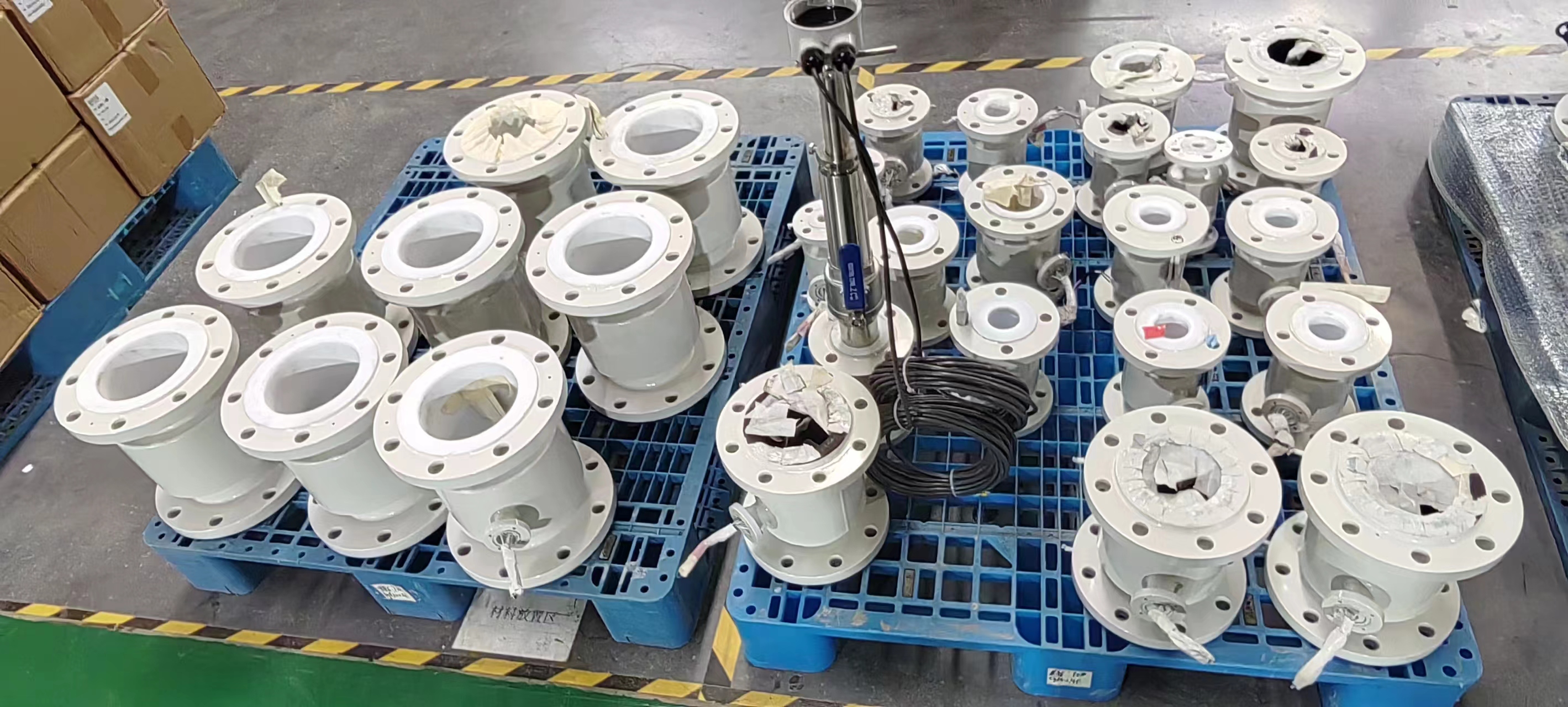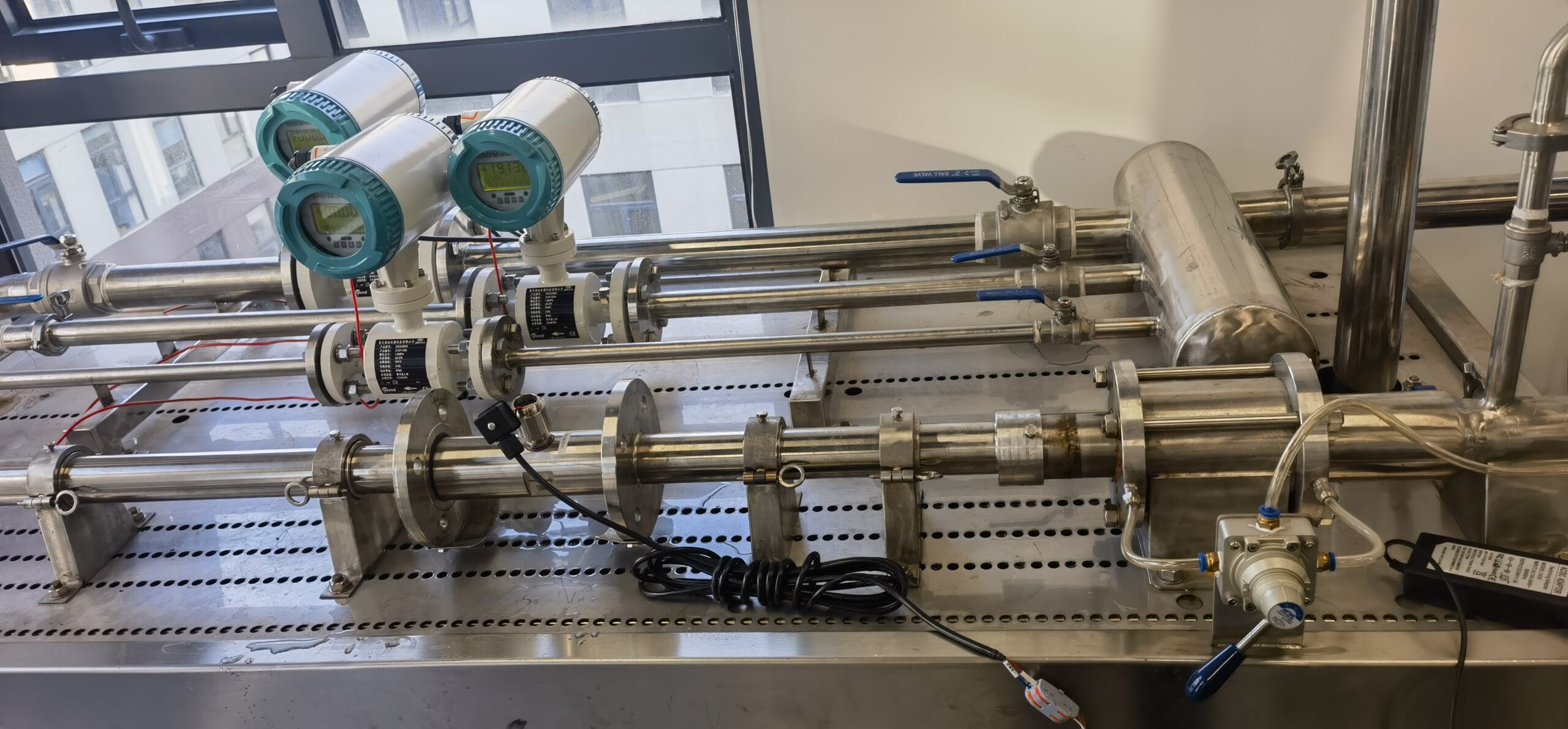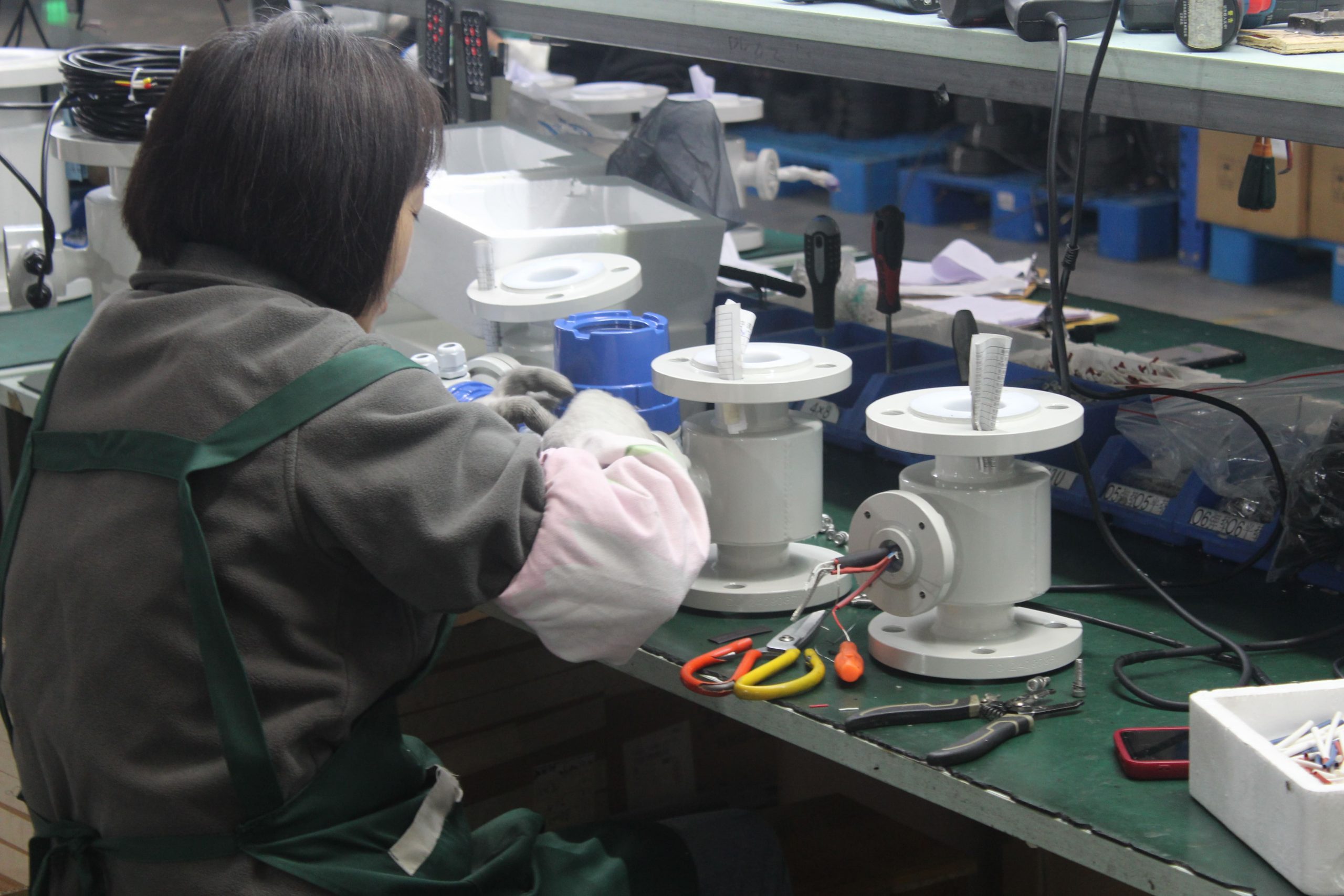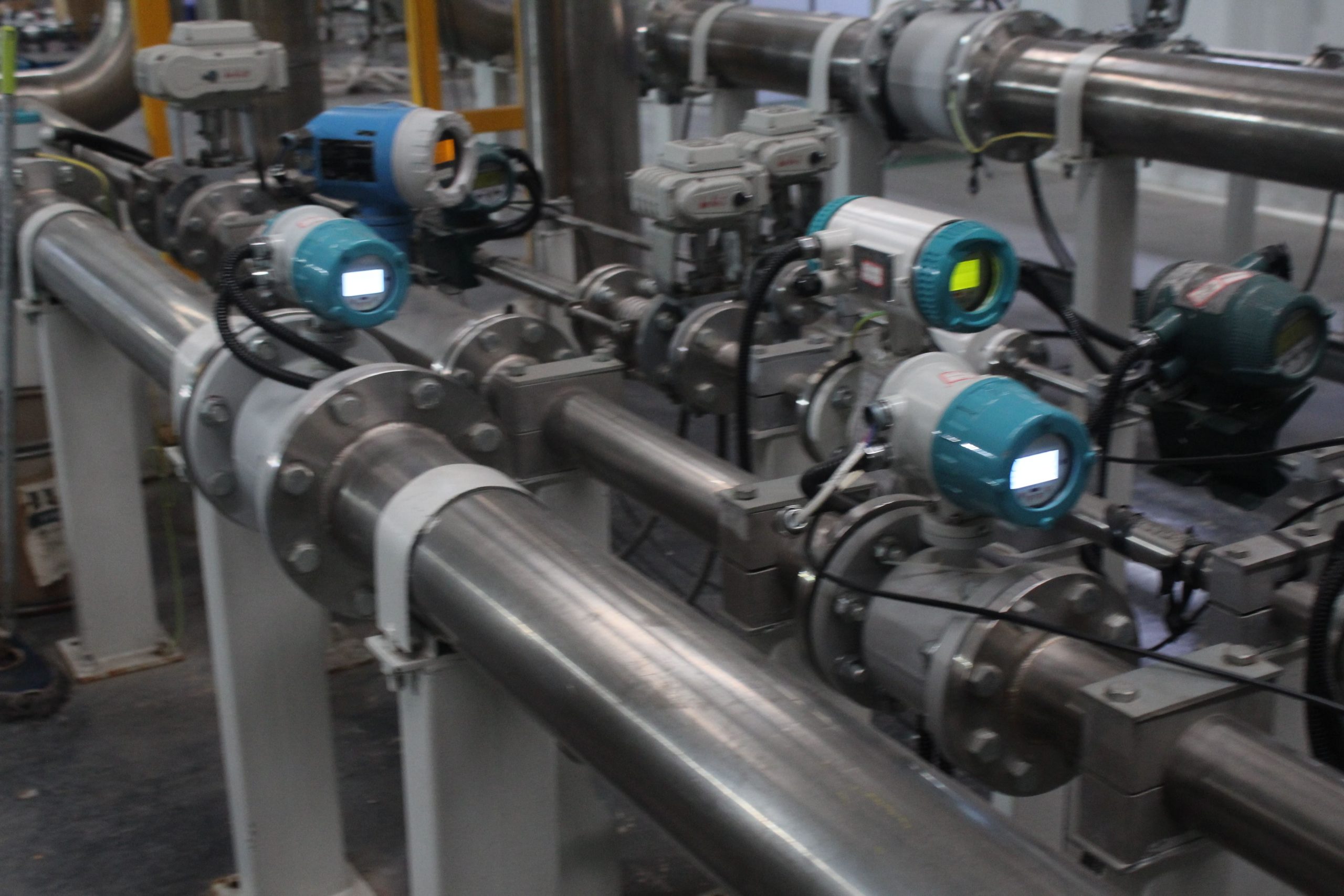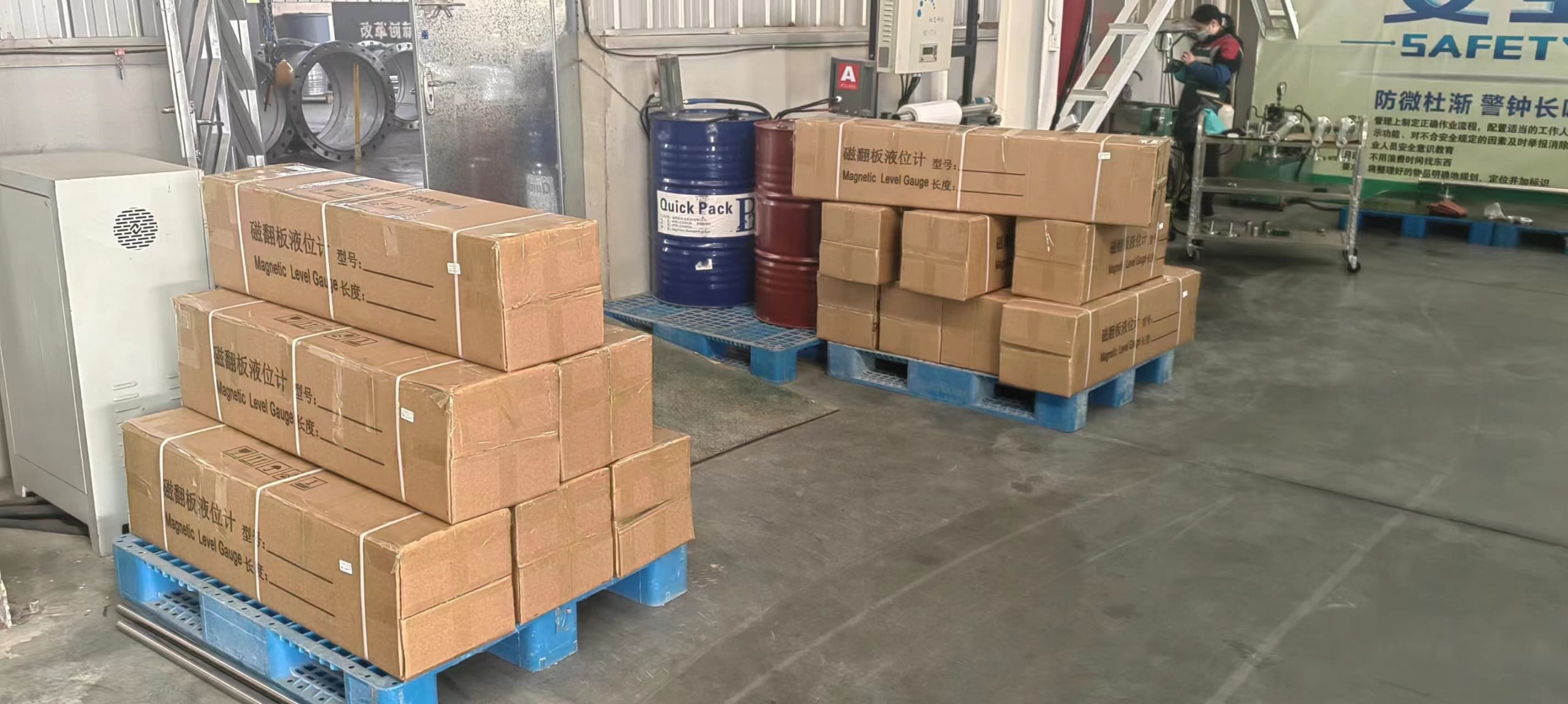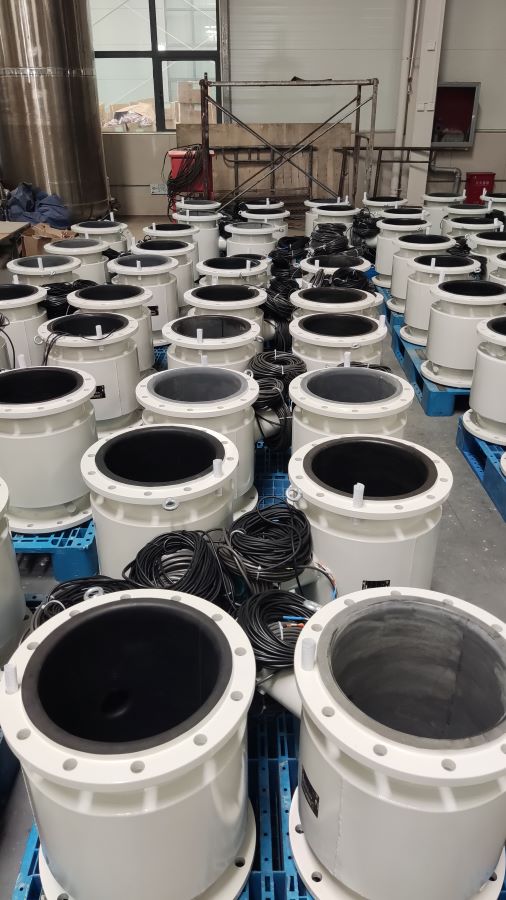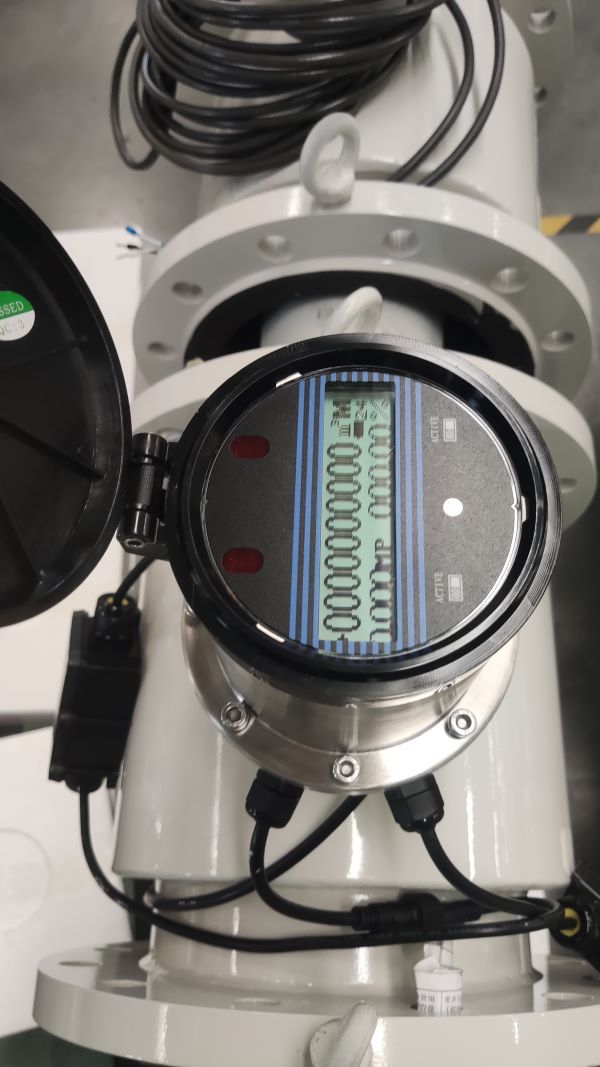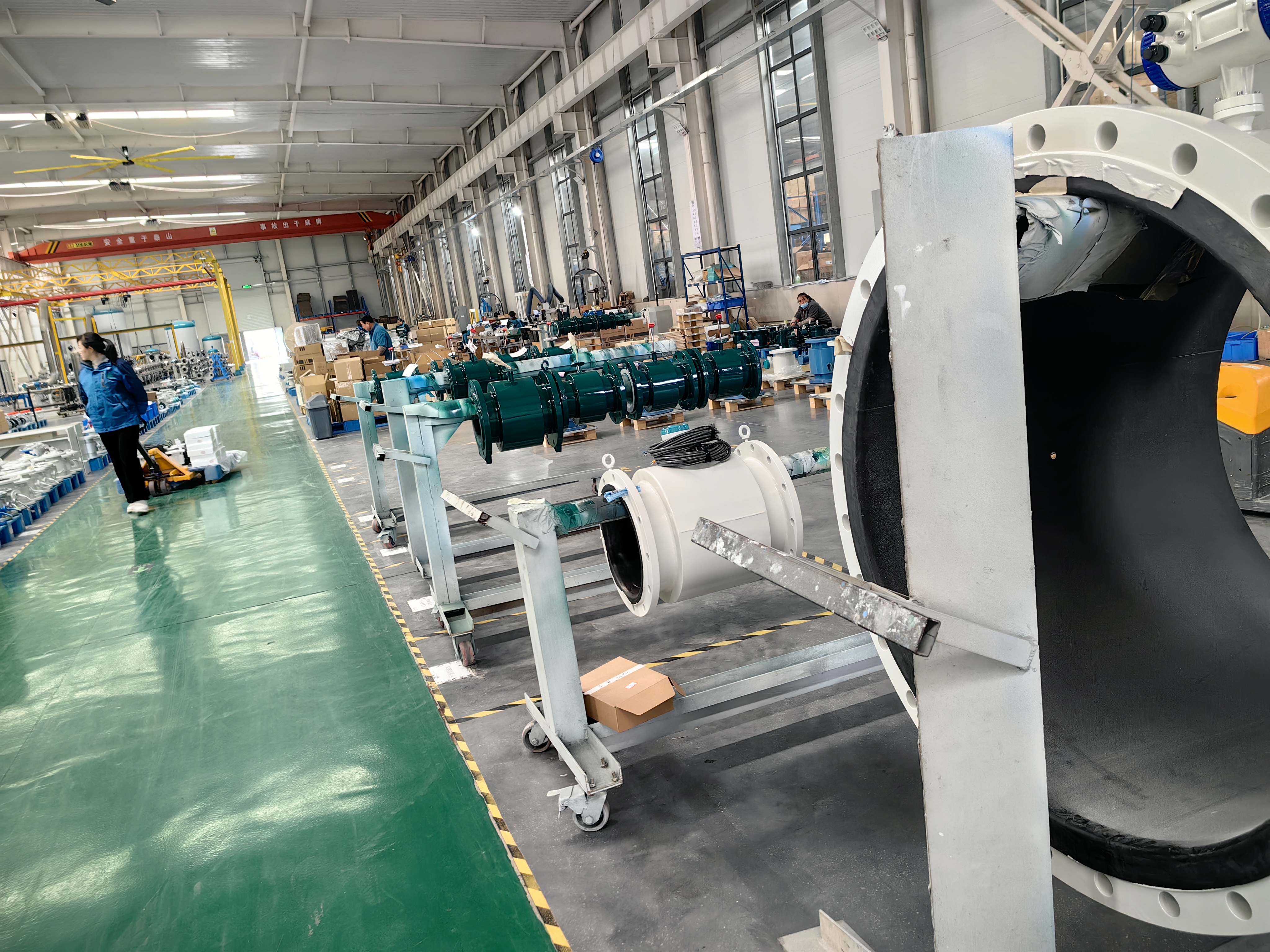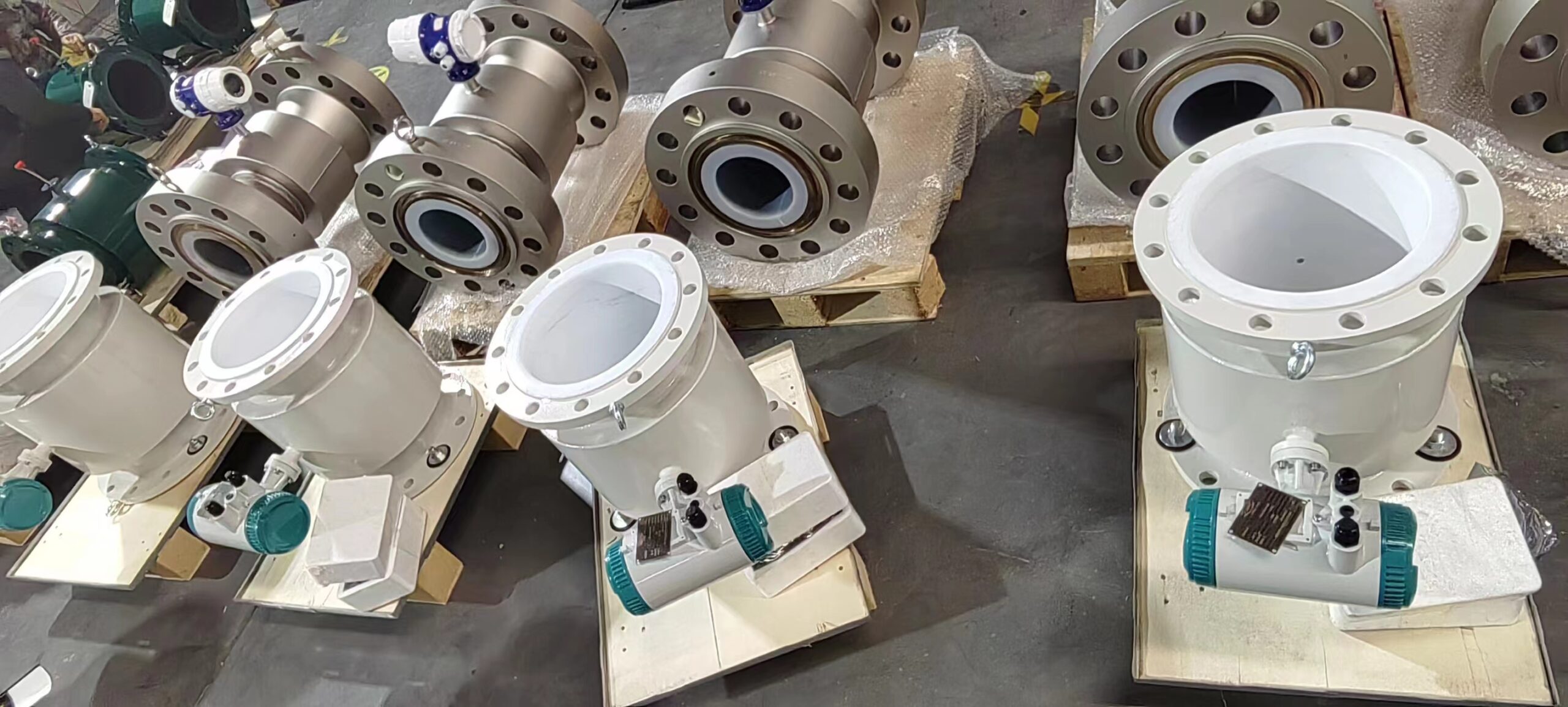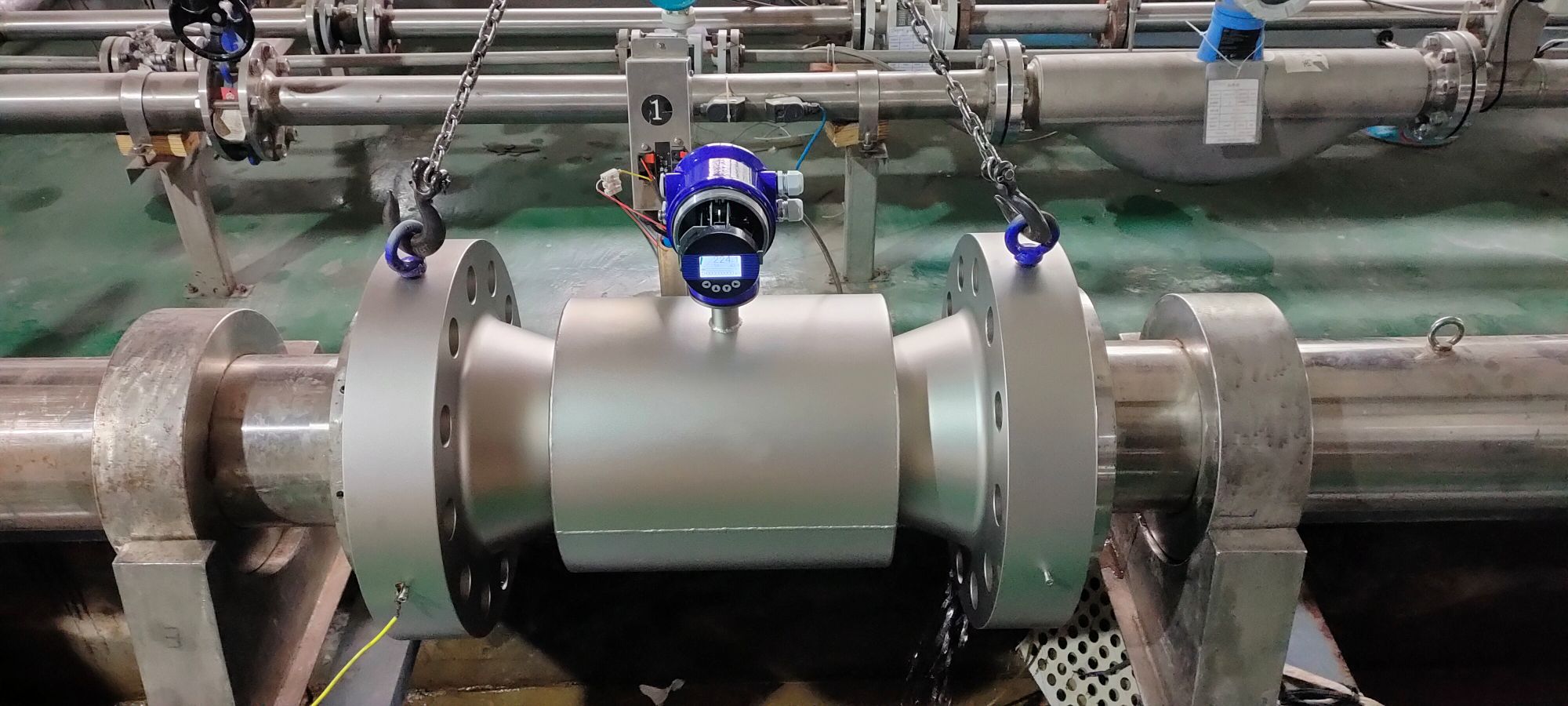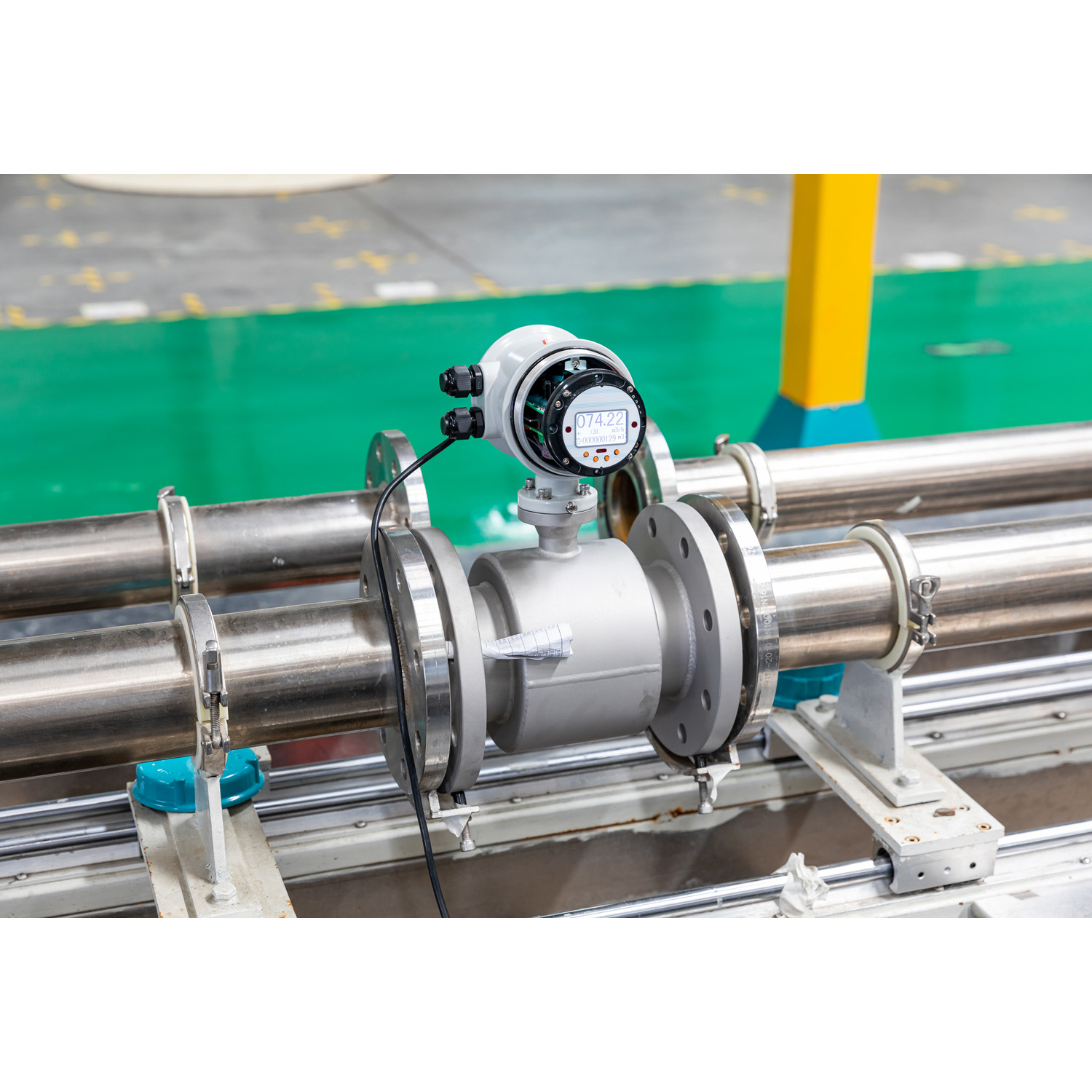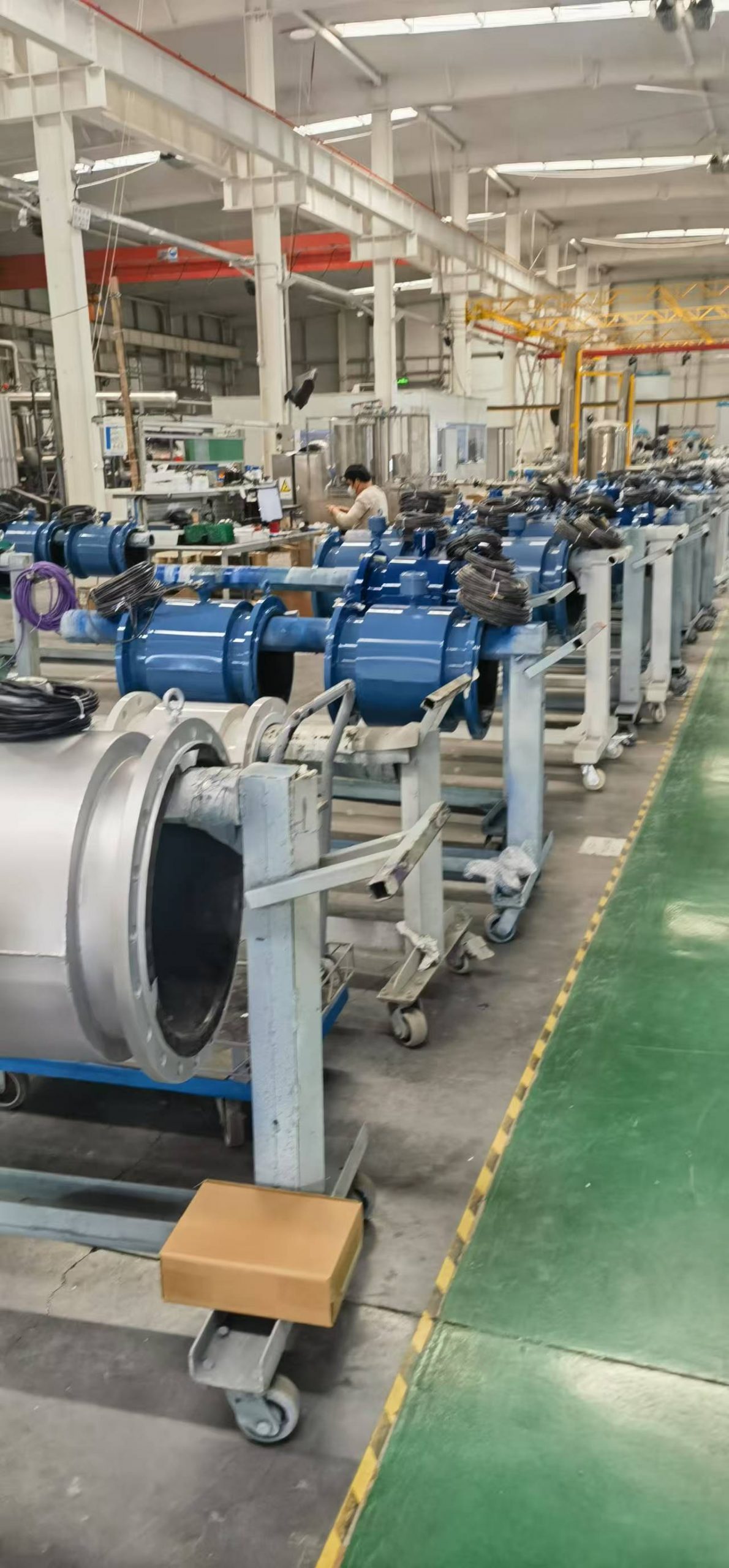What does the “range” often mentioned in water flowmeters mean
The water flowmeter is a measuring instrument widely used in industries, agriculture, civil applications and other fields. It can accurately measure the flow velocity and volume of water flow and provide relevant data according to the user’s needs. When using a water flow meter, we often hear a term – range.
Range refers to the larger range or value that an instrument or equipment can measure, and it is used to judge the measurement capability of the instrument. The range of a water flowmeter can be understood as the maximum range of flow velocity and flow rate it can measure. Different water flowmeters may have certain differences in their measurement ranges, which depends on their design, manufacture and purpose of use. In the market, we can find water flow meters with different ranges, from a few liters per hour to hundreds of tons per hour. When making a choice, users should determine the required range based on their actual needs.
So, what influence does the range have on the selection and use of water flowmeters?
The measurement range directly affects the measurement range of the water flowmeter. If the range of the selected water flowmeter is too small, it may not meet the measurement requirements in actual use, resulting in the inability to accurately measure large flow rates of water. On the contrary, if the range of the selected water flowmeter is too large, it may not achieve its best accuracy when measuring small flow rates, thereby affecting the accuracy of the measurement results.
2. The measurement range will also have a certain impact on the performance and accuracy of the water flowmeter. Generally speaking, for the same water flowmeter, when it operates at the lower end of the range, its accuracy will be relatively higher. However, when working at the higher end of the measurement range, its accuracy may be relatively low. This is because the working conditions of the measuring instrument at a lower flow rate are relatively easier to control and measure, while at a higher flow rate, the response capability of the sensor may be somewhat limited.
3. The selection of the range is also related to the material and structure of the water flowmeter. Different materials and structures may result in different measurement errors at different flow rates and flows. Therefore, it is necessary to select the appropriate water flowmeter based on the specific application scenario.
In conclusion, the selection of the measurement range of a water flowmeter directly affects its measurement range, accuracy and performance. When users choose and use water flow meters, they should determine the required range based on their actual needs and make comprehensive considerations in combination with other factors. Only by choosing the appropriate range can the accuracy and stability of the water flowmeter in practical applications be guaranteed.

